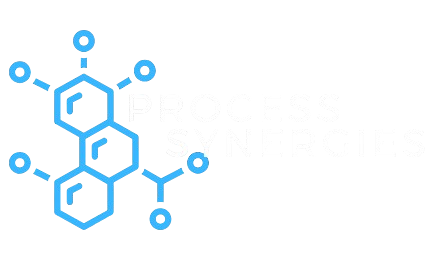Chemical Process Simulations
Chemical Process Simulations
Chemical process simulation is the digital modeling of industrial operations to evaluate, design, and optimize chemical processes under real-world conditions.
Simulink provides steady-state and dynamic chemical process simulations using advanced platforms such as Aspen Plus, Aspen HYSYS, and DWSIM. Our thermophysical properties are based on the DIPPR® database, ensuring accurate modeling of real-world systems. We incorporate over 1000 binary interaction parameters using internationally recognized thermodynamic models, including NRTL, UNIFAC, Peng-Robinson, and Soave-Redlich-Kwong equations of state, enabling precise simulation of complex chemical behaviors across a wide range of processes.
Chemical Process Simulations — A Closer Look
Simulink helps industries digitally explore chemical process behavior with clarity and precision. By simulating flow patterns, energy usage, and unit interactions, we support better design choices before anything is built. Our simulation tools offer a virtual environment where engineers can test, tweak, and validate ideas—saving both time and cost. Whether for new developments or refining existing setups, our solutions bring confidence to every decision.
Process Optimization
Process Optimization is the systematic enhancement of a process to improve efficiency, reduce costs, and maximize output quality.
Process optimization in chemical engineering relies on the safe handling of large volumes of process data generated across every stage — from Front-End Engineering Design (FEED to execution and lastly to operation. Managing this data securely, reducing errors, and transforming it into actionable insights is both critical and complex. Simulink’s simulation-driven solutions and experts guidance ensure smooth data continuity and intelligent decision-making to drive seamless optimization throughout your chemical project lifecycle.

Chemical Process Simulations — A Closer Look
Simulink streamlines process optimization by transforming data into intelligent actions—reducing errors, improving flow, and enhancing operational efficiency at every stage.
